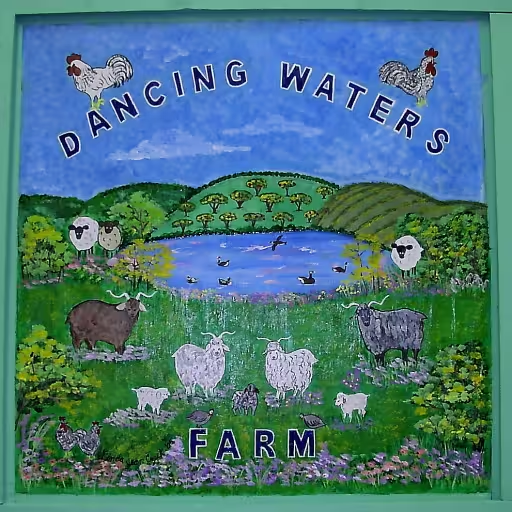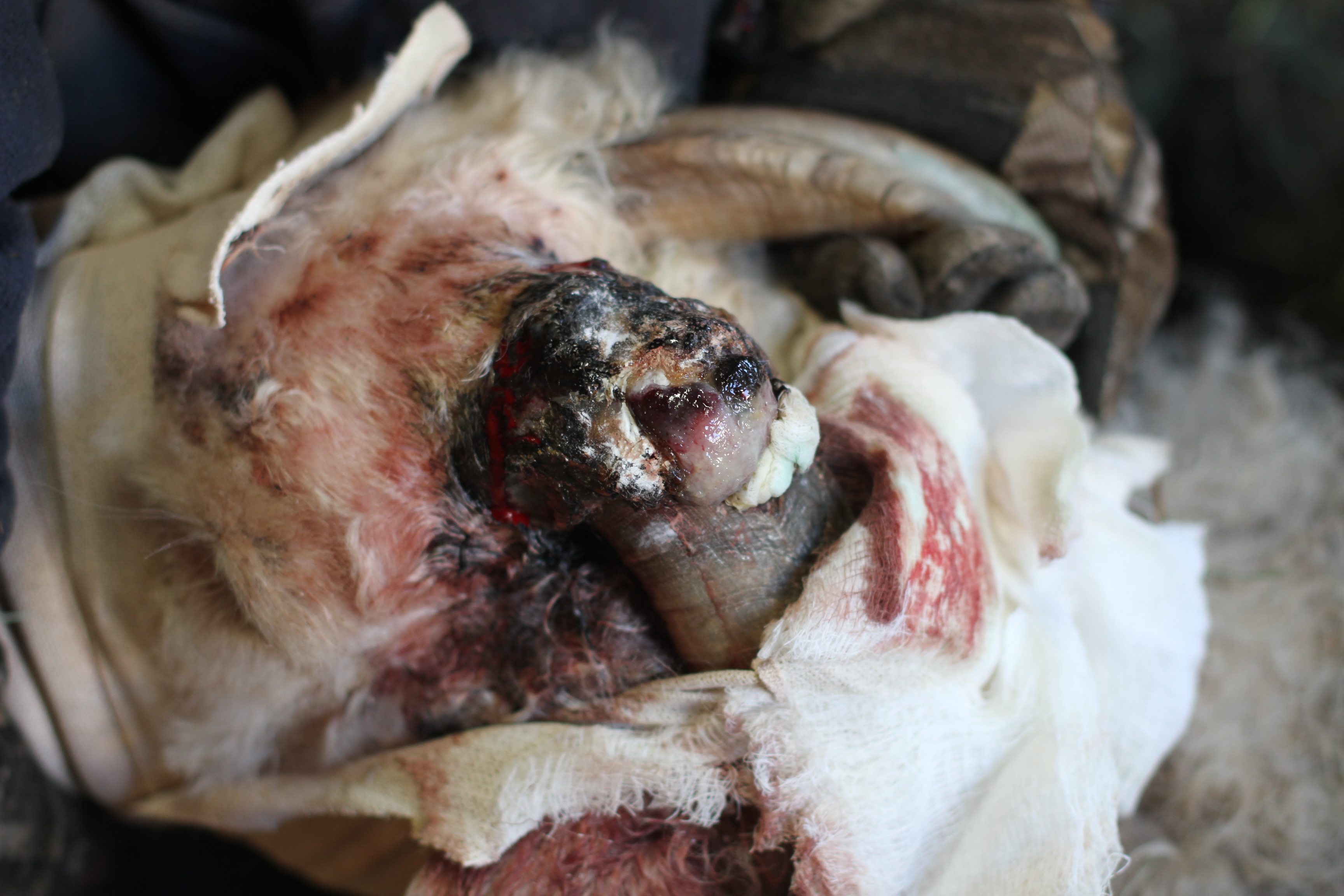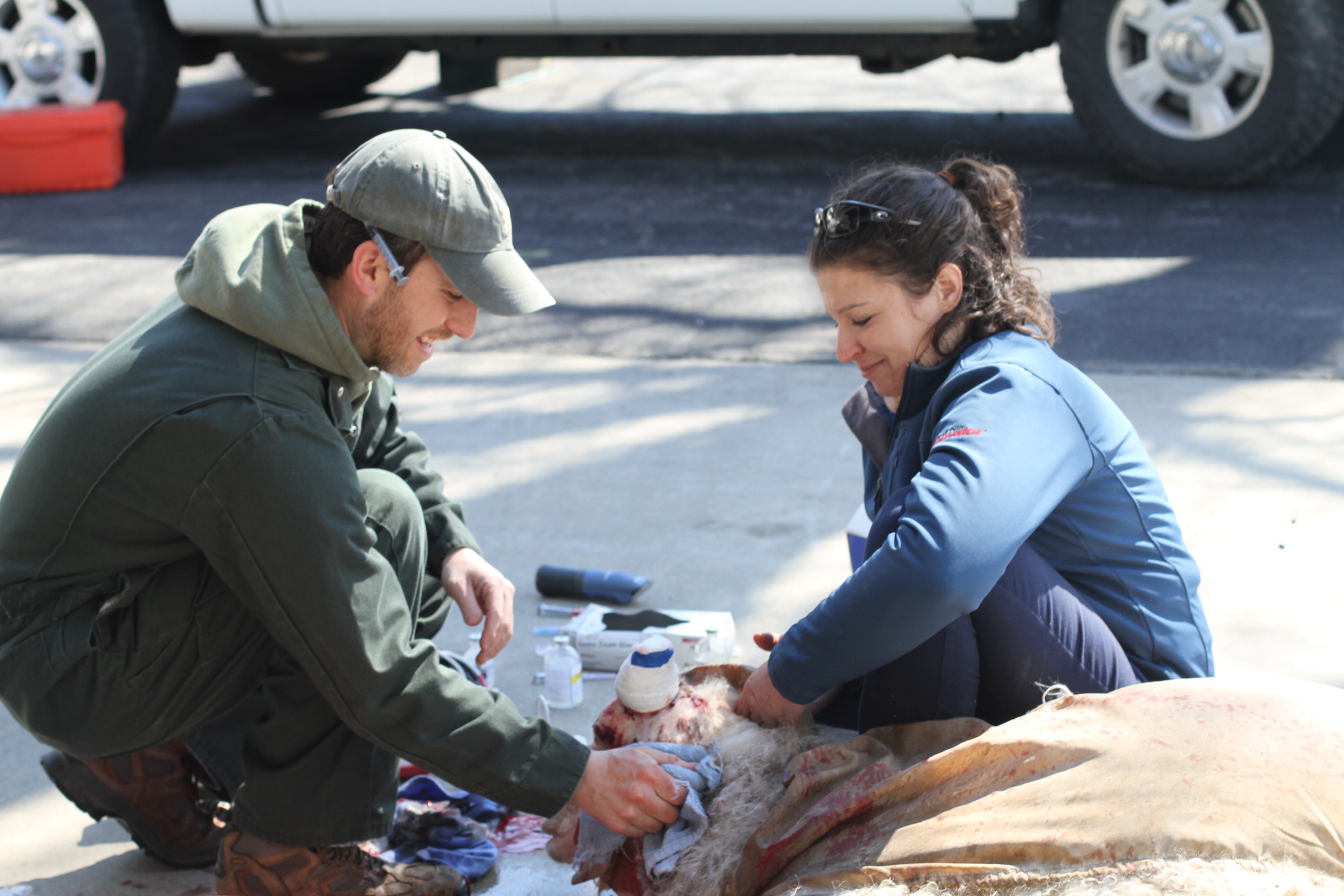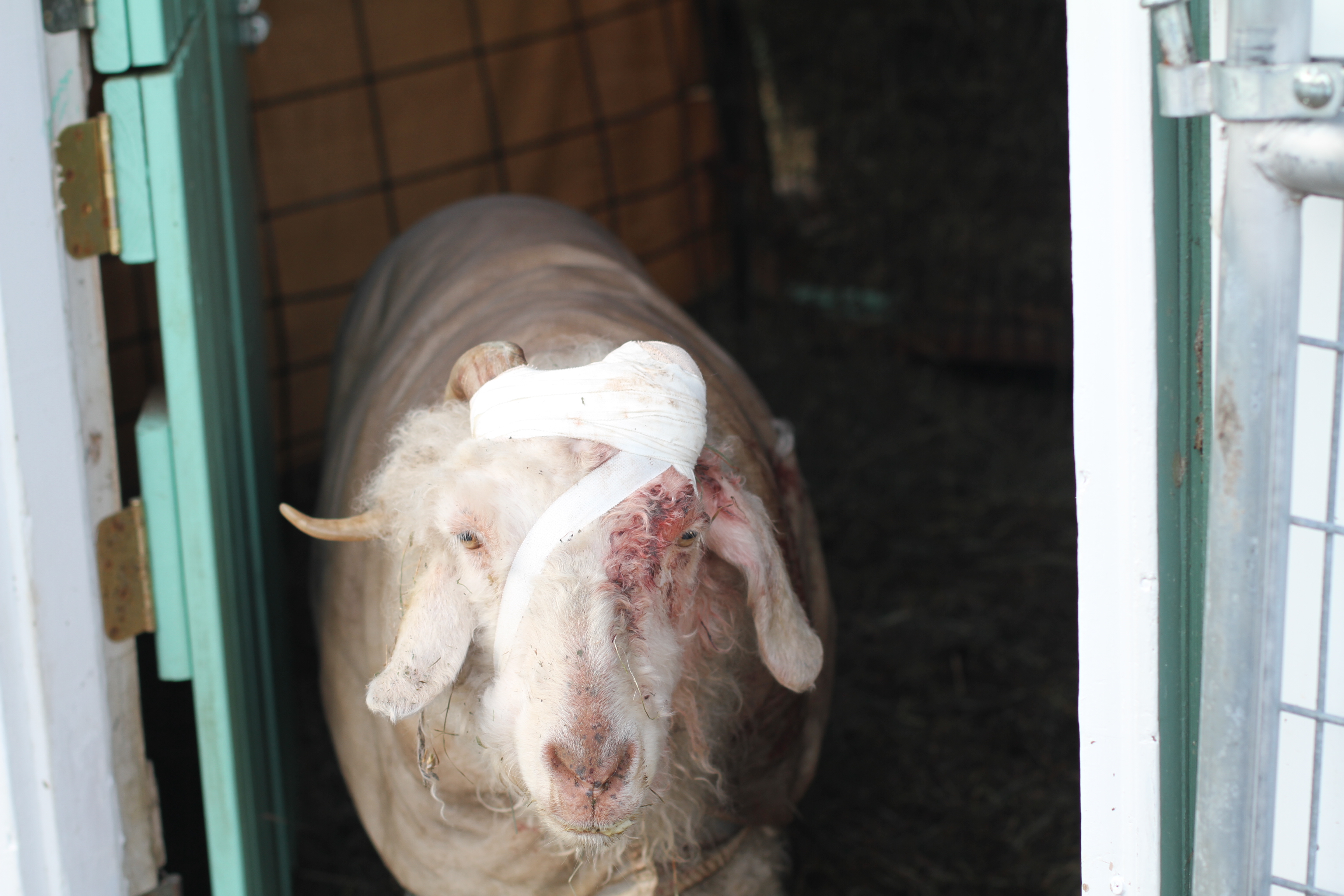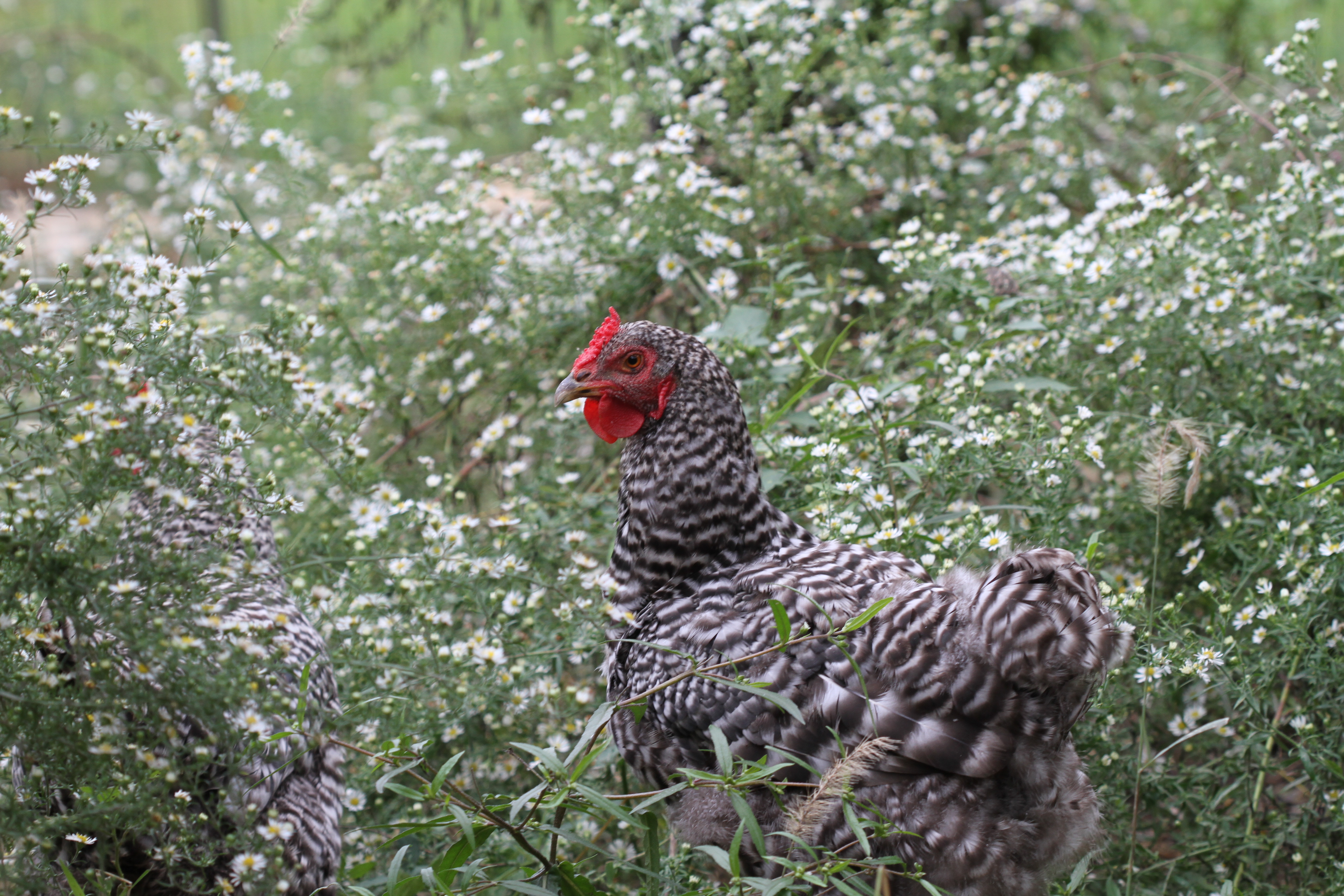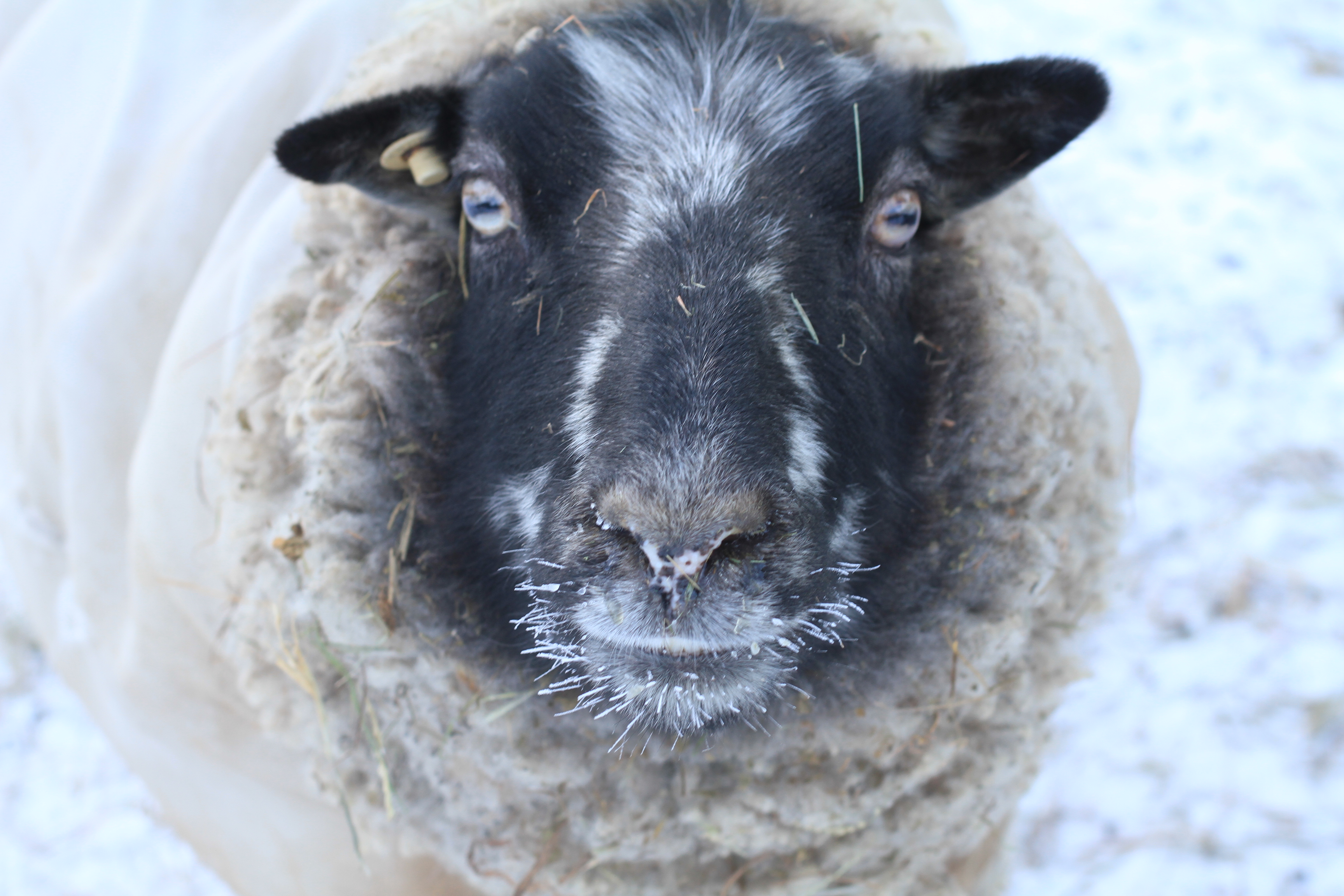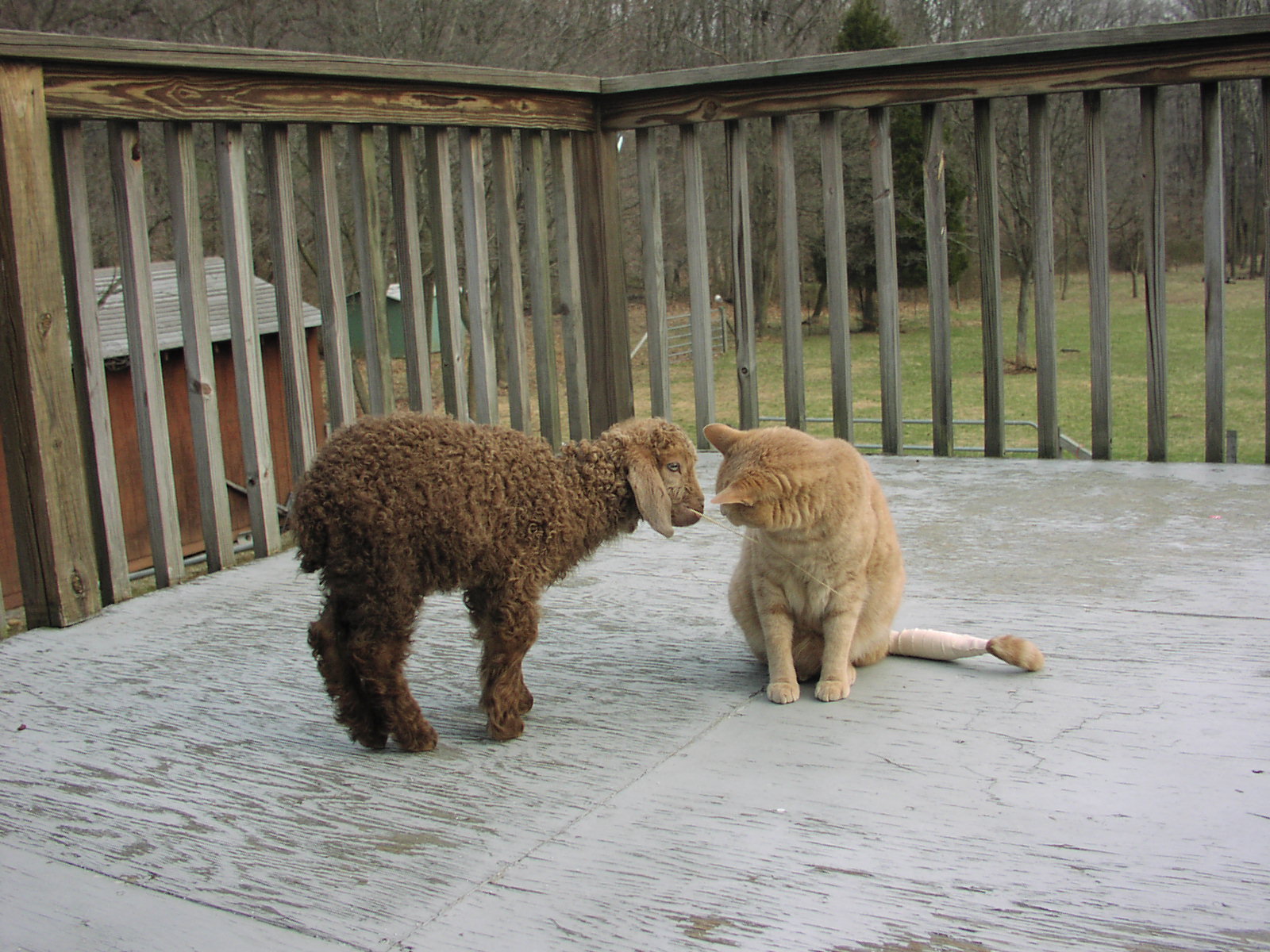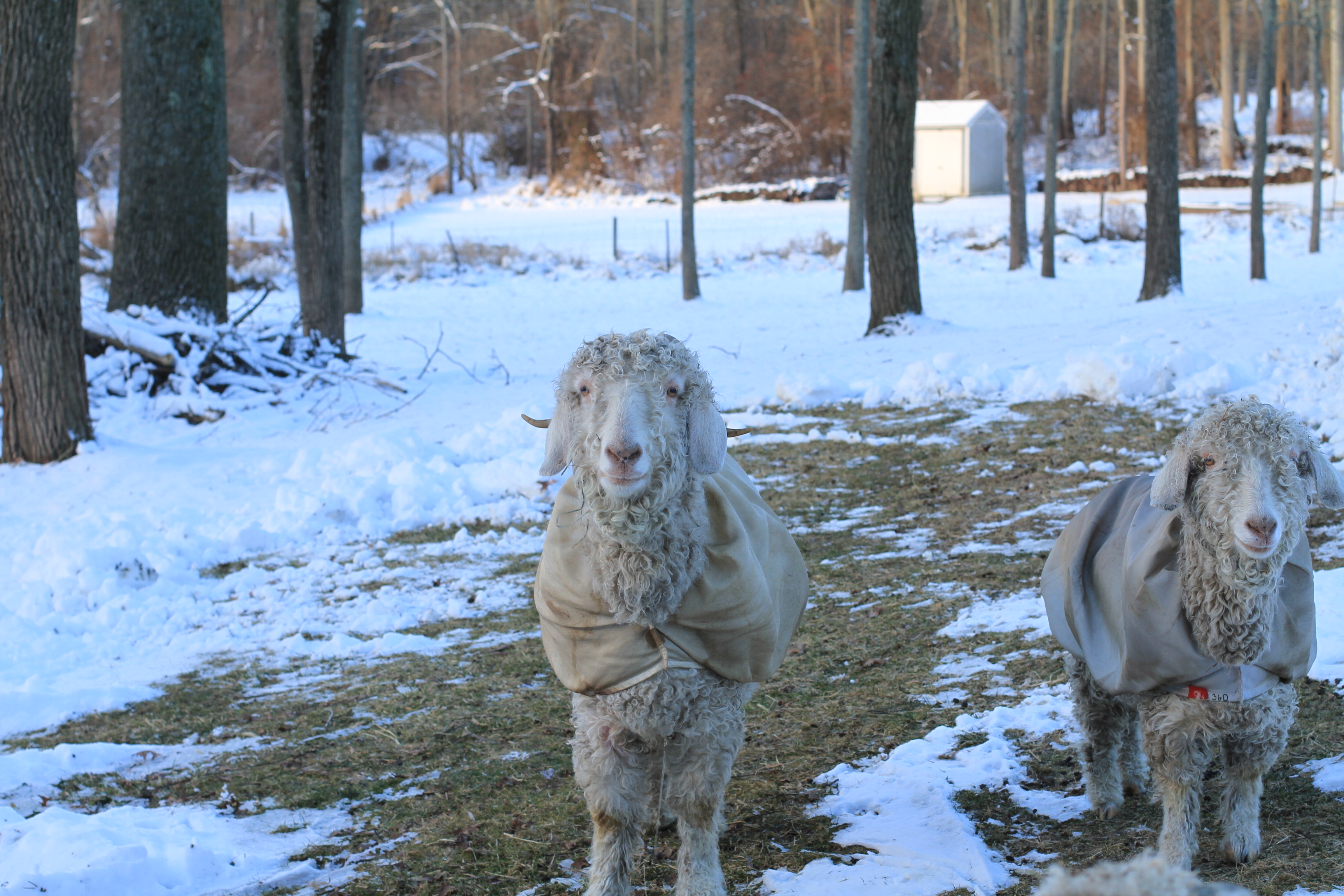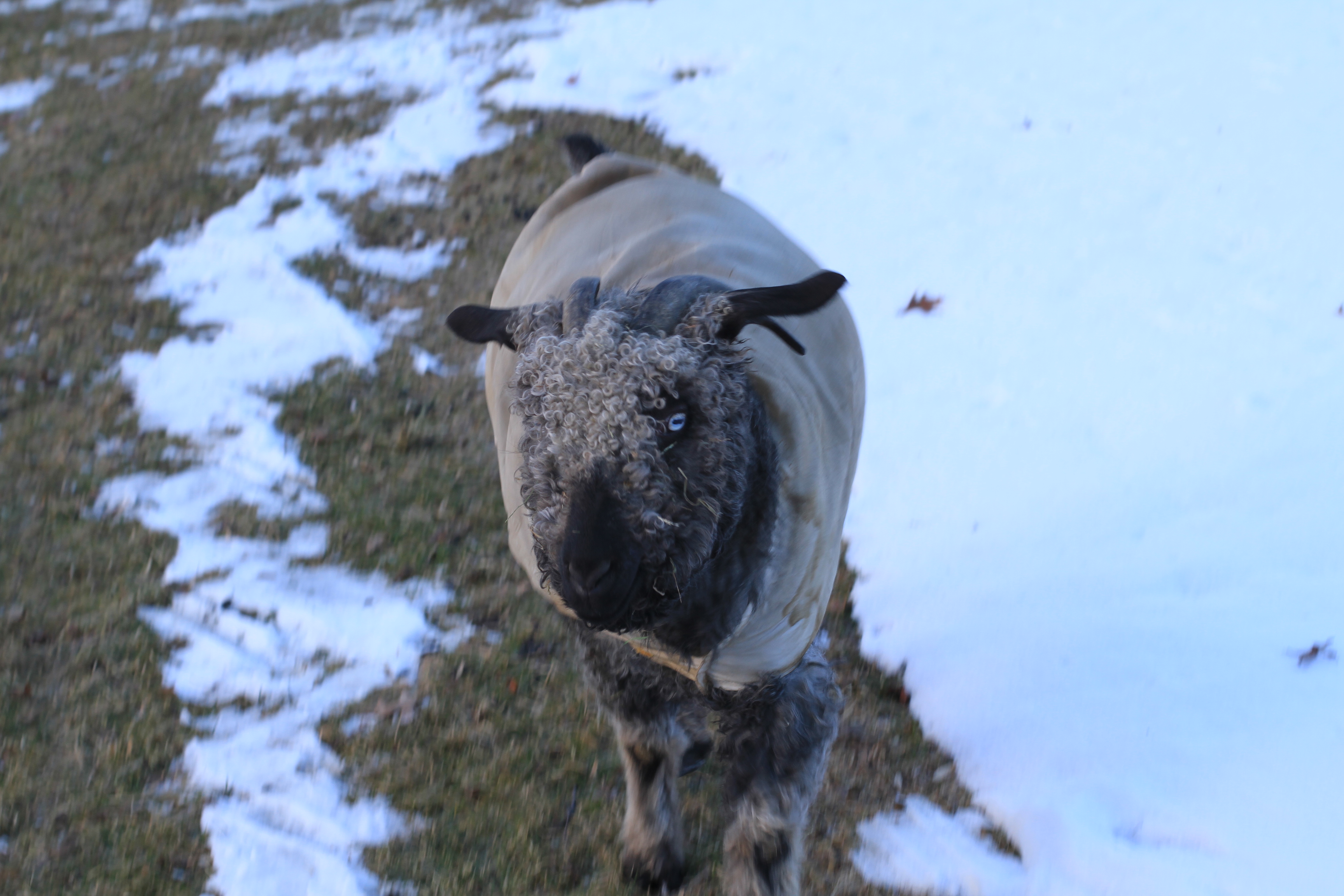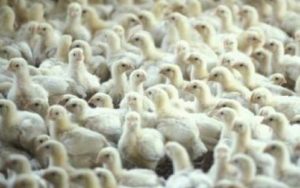 Commercial “Free Range” Egg Production Photo from University of MD extension website |
Versus |
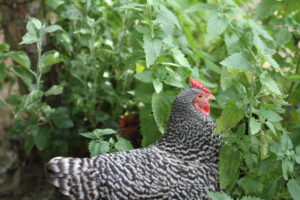 Dominique Laying Hen at Dancing Waters Farm |
Installing a super wash processing facility in the USA back in 2011 allowed the production of 100% USA produced commercial wool products for the first time. It rescued the American wool industry which could not compete with wool products made in other countries since USA produced wool had to be sent over seas to be super wash processed. Good or bad, in order for wool to compete with other fibers used in cloth/ yarns it needs to be super wash processed so it can be machine washed. A blog article by Pigeonroof Studios gives a good overview of the historical details and impacts of opening this super wash facility, in particular with respect to environmental issues.
The article is focused on large commercial producers, so when it says “Chargeurs is the only remaining top making facility in the United States, and one of only two remaining commercial scouring facilities.” it is excluding small USA fiber mills. I have my tops processed by Zeilinger’s in Michigan for example, but they are one of the few mills that process tops in small lots (10 pounds minimum raw, 5 pounds minimum washed). The other thing that has happened recently is that the military cancelled their contract for American wool and although it ‘s certain to have a negative impact on the US wool industry, it won’t be as bad as it would have been 5 years ago as many other commercial users are now taking advantage of the facility (socks for consumers, etc.). Chargeurs is still the only super wash facility in the USA but the minimums are too large for small producers unless they combine lots with other small producers.
The real issue with farming is that it is so labor intensive that the real cost of producing anything (eggs, vegetables, wool, mohair, etc.) is so high that no one will buy it at true cost. Eggs would sell for about $9/dozen to be equal to what they sold for back in the 1920s, after adjusting only for inflation/ value of the dollar changes.
The only way to make a profit is by economies of scale, using the cheapest possible ingredients, practices that reduce labor costs and depending on government subsidies. This translates into poorer feed quality, smaller living quarters (ridiculously small for chickens and pigs) and less attention to health in animals and large scale use of herbicides/ pesticides/ genetically modified plants and large equipment in the case of plant crops.
A somewhat humorous sidebar is that John Deere makes more money financing than selling equipment. [See: https://www.statista.com/statistics/271866/john-deere-net-sales-since-2001/which shows $23B in sales, net income $1.5B in 2016 from equipment, but $2.7B from financing (look at revenue by segment to get amount from finance)]. They are making their money by financing bigger and more expensive equipment to farmers who are trying to keep their economies of scale large enough to pay their bills (those big tractors can easily cost $500,000).
That’s why the majority of small farms have a second job to pay the bills that can’t be paid with their farm sales. Keep this is mind when you’re buying farm products. Do you want to use your money for products that have been produced using the best sustainable practices (kind to the environment) and which provide animals humane care or do you only care about the cheapest product? This is a social issue which receives very little discussion. I believe there has to be a way to feed and cloth people including those with limited means as well as pay the producers (small farmers) what it costs to produce the items and provide some profit. Small farmers are doing what we do for the perks: enjoying and assuring good life for animals and the environment, the ability to work in the great outdoors and to be our own boss. However, I believe they should be earning at least minimum wage for their efforts.
